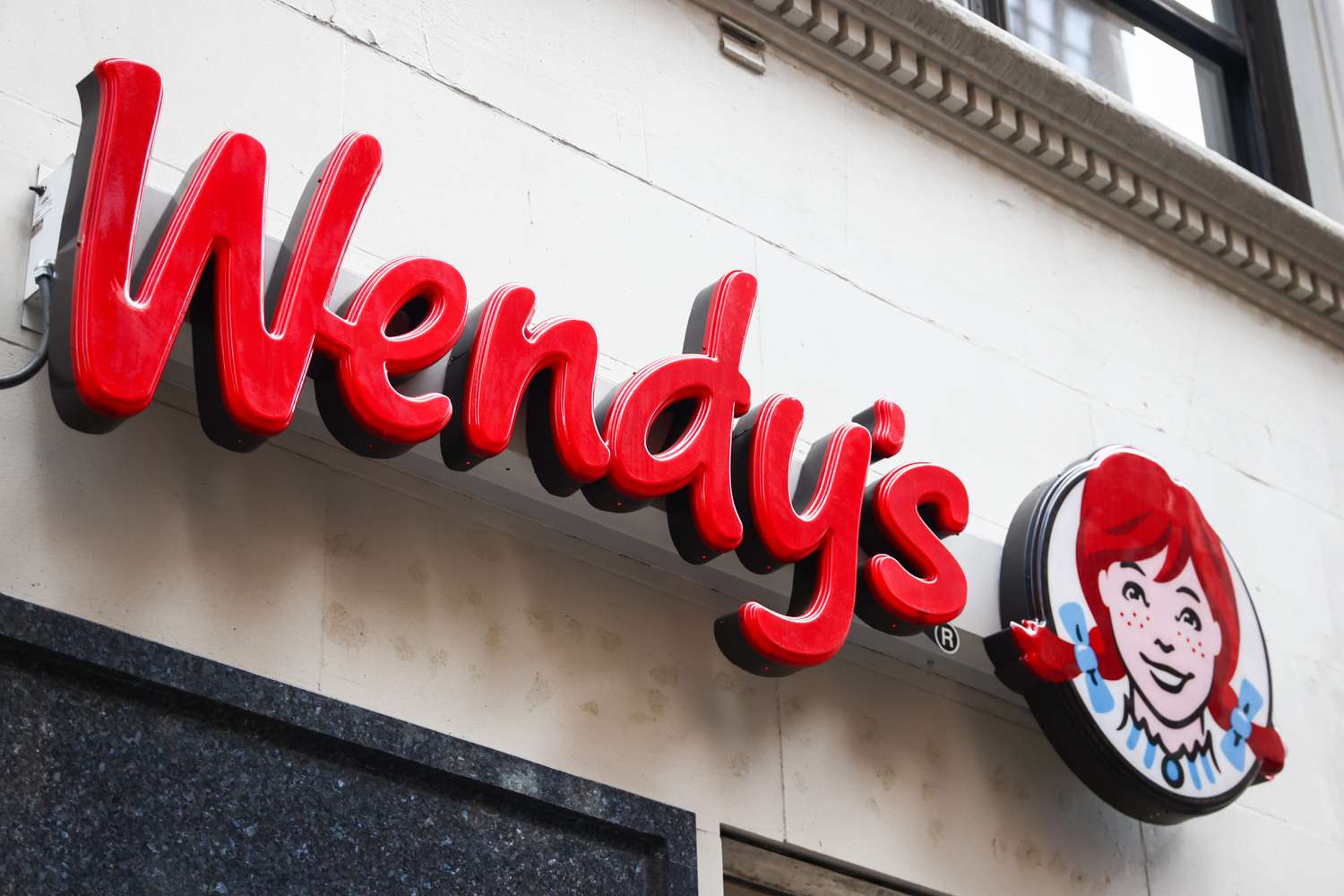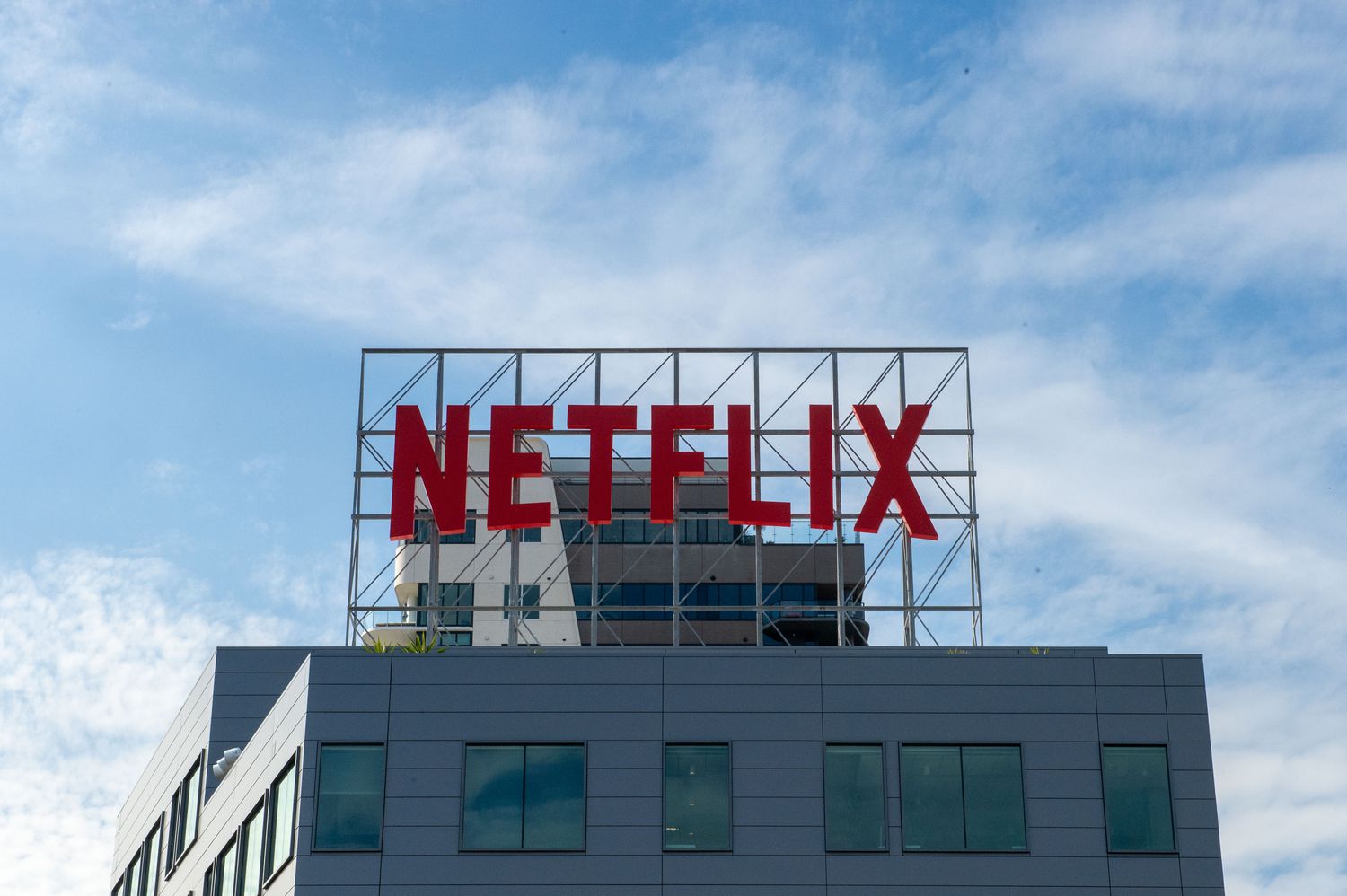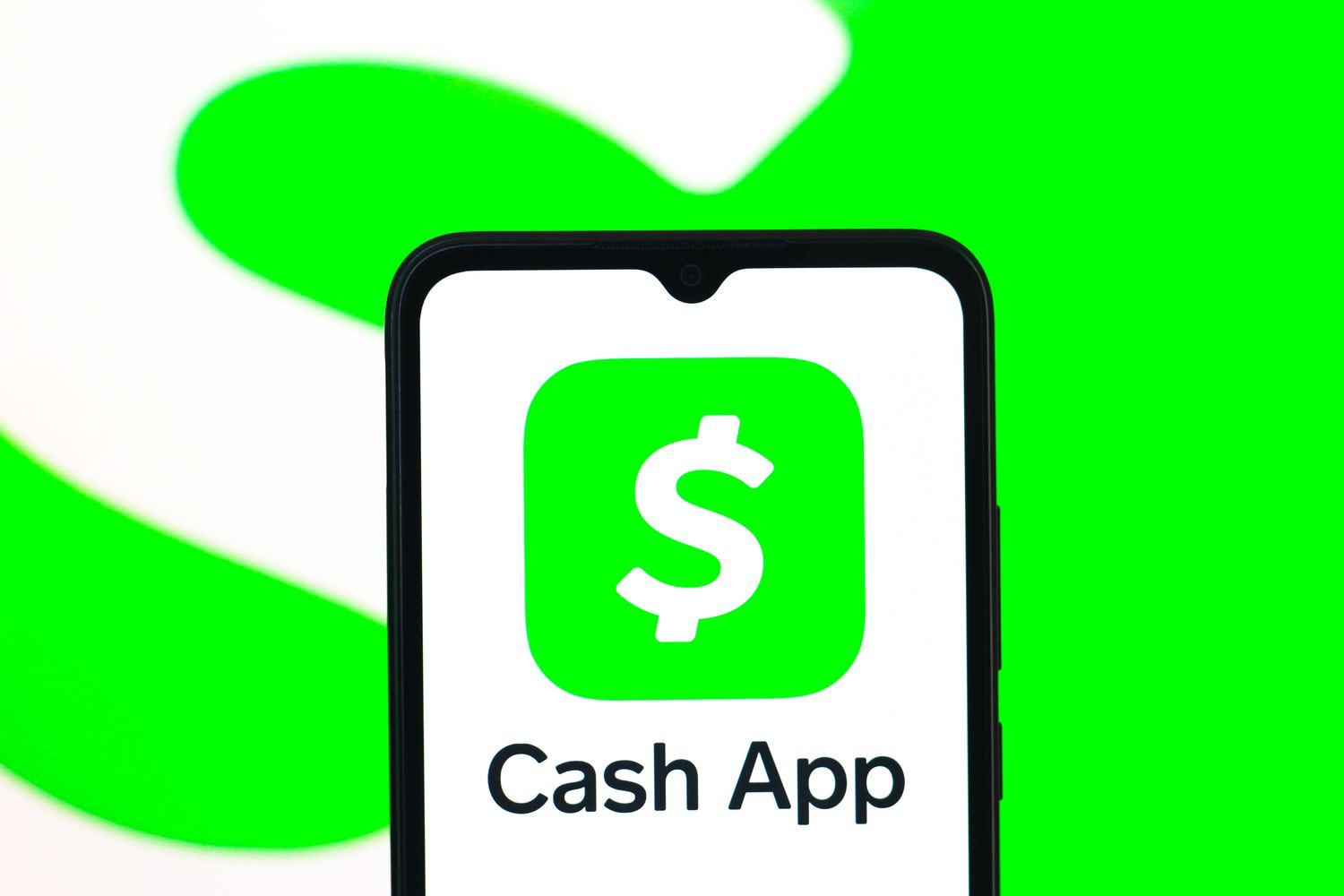The 4 Most Populous US States Also Have Today’s Lowest Refinance Rates


The four U.S. states with the cheapest 30-year mortgage refinance rates Friday were New York, Florida, California, and Texas, which also happen to be the states with the largest populations, accounting for about 30% of the national population.
After those four states, the lowest refi rates are available in Massachusetts, Georgia, North Carolina, Illinois, Minnesota, and Tennessee. The ten lowest-rate states registered averages between 6.97% and 7.11%.
Meanwhile, the states with the highest Friday refinance rates were West Virginia, Washington, D.C., Alaska, South Carolina, South Dakota, Hawaii, North Dakota, and Oregon. The range of 30-year refi averages for these states was 7.19% to 7.26%.
Mortgage refinance rates vary by the state where they originate. Different lenders operate in different regions, and rates can be influenced by state-level variations in credit score, average loan size, and regulations. Lenders also have varying risk management strategies that influence the rates they offer.
Since rates vary widely across lenders, it’s always smart to shop around for your best mortgage option and compare rates regularly, no matter the type of home loan you seek.
Important
The rates we publish won’t compare directly with teaser rates you see advertised online since those rates are cherry-picked as the most attractive vs. the averages you see here. Teaser rates may involve paying points in advance or may be based on a hypothetical borrower with an ultra-high credit score or for a smaller-than-typical loan. The rate you ultimately secure will be based on factors like your credit score, income, and more, so it can vary from the averages you see here.
National Mortgage Refinance Rate Averages
Rates for 30-year refinance mortgages had been bobbing modestly for a week. But Friday saw the the national rate average shoot up 11 basis points to 7.14%. In early April, 30-year refi rates surged a dramatic 40 basis points in a week to notch a peak of 7.31%—the highest level since July 2024.
In March, however, the 30-year refinance average sank to 6.71%, its cheapest level of 2025. And back in September, rates plunged to a two-year low of 6.01%.
| National Averages of Lenders’ Best Mortgage Rates | |
|---|---|
| Loan Type | Refinance Rate Average |
| 30-Year Fixed | 7.14% |
| FHA 30-Year Fixed | 7.50% |
| 15-Year Fixed | 5.94% |
| Jumbo 30-Year Fixed | 6.97% |
| 5/6 ARM | 7.26% |
| Provided via the Zillow Mortgage API | |
Calculate monthly payments for different loan scenarios with our Mortgage Calculator.
What Causes Mortgage Rates to Rise or Fall?
Mortgage rates are determined by a complex interaction of macroeconomic and industry factors, such as:
- The level and direction of the bond market, especially 10-year Treasury yields
- The Federal Reserve’s current monetary policy, especially as it relates to bond buying and funding government-backed mortgages
- Competition between mortgage lenders and across loan types
Because any number of these can cause fluctuations simultaneously, it’s generally difficult to attribute any change to any one factor.
Macroeconomic factors kept the mortgage market relatively low for much of 2021. In particular, the Federal Reserve had been buying billions of dollars of bonds in response to the pandemic’s economic pressures. This bond-buying policy is a major influencer of mortgage rates.
But starting in November 2021, the Fed began tapering its bond purchases downward, making sizable monthly reductions until reaching net zero in March 2022.
Between that time and July 2023, the Fed aggressively raised the federal funds rate to fight decades-high inflation. While the fed funds rate can influence mortgage rates, it doesn’t directly do so. In fact, the fed funds rate and mortgage rates can move in opposite directions.
But given the historic speed and magnitude of the Fed’s 2022 and 2023 rate increases—raising the benchmark rate 5.25 percentage points over 16 months—even the indirect influence of the fed funds rate has resulted in a dramatic upward impact on mortgage rates over the last two years.
The Fed maintained the federal funds rate at its peak level for almost 14 months, beginning in July 2023. But in September, the central bank announced a first rate cut of 0.50 percentage points, and then followed that with quarter-point reductions on November and December.
For its first meeting of the new year, however, the Fed opted to hold rates steady—and it’s possible the central bank may not make another rate cut for months. With a total of eight rate-setting meetings scheduled per year, that means we could see multiple rate-hold announcements in 2025.
How We Track Mortgage Rates
The national and state averages cited above are provided as is via the Zillow Mortgage API, assuming a loan-to-value (LTV) ratio of 80% (i.e., a down payment of at least 20%) and an applicant credit score in the 680–739 range. The resulting rates represent what borrowers should expect when receiving quotes from lenders based on their qualifications, which may vary from advertised teaser rates. © Zillow, Inc., 2025. Use is subject to the Zillow Terms of Use.























